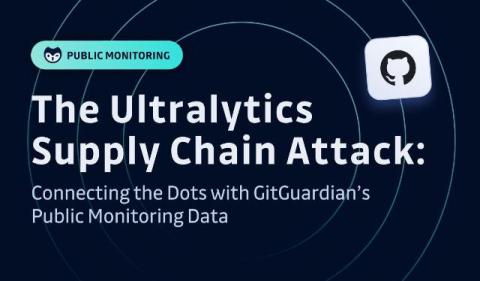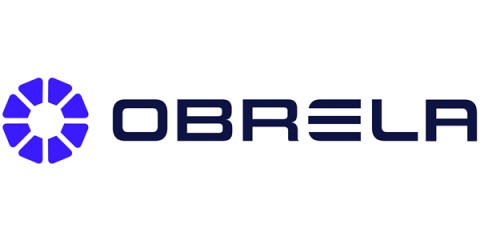The Ultralytics Supply Chain Attack: Connecting the Dots with GitGuardian's Public Monitoring Data
On December 4, 2024, the Ultralytics Python module was backdoored to deploy a cryptominer. Using GitGuardian’s data, we reconstructed deleted commits, connecting the dots with the initial analysis. This investigation highlights the value of GitGuardian’s data in understanding supply chain attacks.











